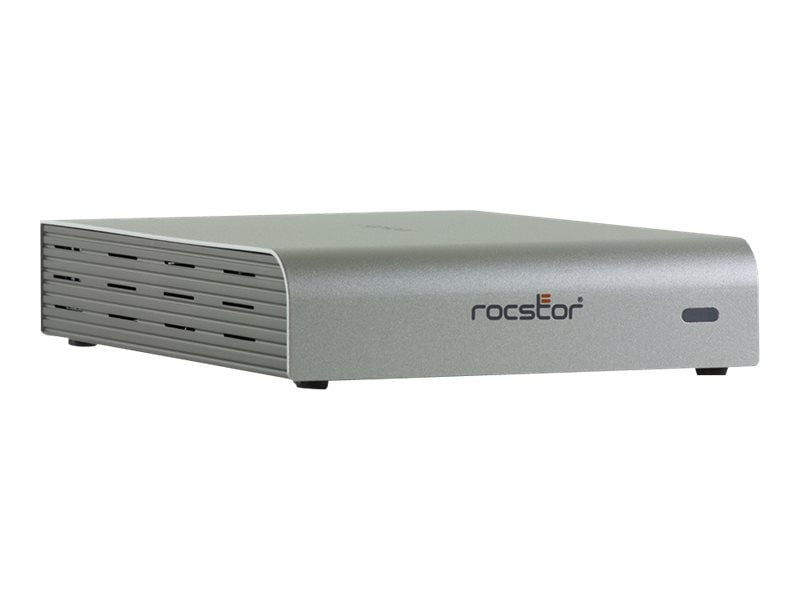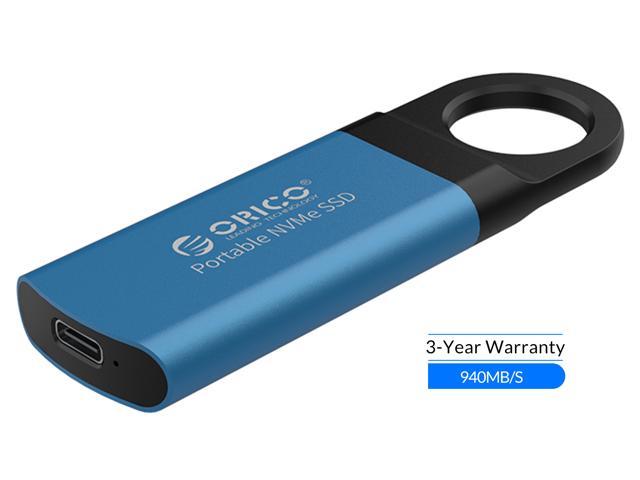

- #EXTERNAL SOLID STATE HARD DRIVE FIREWIRE 800 PRO#
- #EXTERNAL SOLID STATE HARD DRIVE FIREWIRE 800 FREE#
- #EXTERNAL SOLID STATE HARD DRIVE FIREWIRE 800 MAC#
The FireWire 800 bus is clearly fast enough to make the difference for the kind of reading and writing that was occurring. I immediately saw an enormous difference, as if I’d swapped the computer rather than the startup disk. I also had to reconnect the CrashPlan backup, by “adopting” a backup from “another computer,” a technique it uses for a new machine or a new startup identity. Then in the Startup Disk preference pane, I set the SSD as the boot volume and restarted.Īfter the restart, I had to reconnect to a few services, like Dropbox, which cleverly notes differences in a computer’s setup to be sure that someone isn’t hijacking your system. I renamed the startup volume to a different name, and renamed the external SSD exactly as the startup disk was originally named. I used CCC’s Recovery HD feature, which lets me copy the recovery partition on an existing disk and then restore it to a new partition after a bootable system is installed.Ĭarbon Copy Cloner can create the same Recovery partition that my Mac’s internal drive has. This one took only about 40 minutes to complete. After the first clone was completed, I quit all active programs and shut down several services, and did another pass. Both SuperDuper and CCC have an incremental clone operation, where only changed files are copied. The copying rate was roughly 40GB per hour, which is fairly slow, but not unexpected.īecause I was using my computer during the clone, I know I missed some changed data. I needed to keep working during part of the operation, but it fortunately didn’t slow the system down much.
#EXTERNAL SOLID STATE HARD DRIVE FIREWIRE 800 MAC#
Using Carbon Copy Cloner, I copied my active startup drive in the Mac mini to the external SSD. To use OS X Recovery and other advanced features, you need to use the GUID Partition Table format. I use CrashPlan for incremental and archival backups, and SuperDuper for nightly “smart” clone updates, but I turned to Carbon Copy Cloner for making my migration due to a special feature it possesses.

When the drive arrived, I had to swap some FireWire cables, as I already have another OWC drive attached for backups. (There are cheaper options for the same capacity with a single interface.) It’s currently $297, including USB 3.0 and FireWire 800 cables.
#EXTERNAL SOLID STATE HARD DRIVE FIREWIRE 800 PRO#
I wound up with the OWC Mercury Elite Pro mini 480GB model, which has FireWire 800 plus USB 2.0/3.0, giving me a path forward to any new Mac with USB 3.0. That made it an easy choice to go with FireWire 800, which maxes out at a raw rate of 800 megabits per second (Mbps). USB 2.0 is too slow, and I lacked USB 3.0. The SSD I chose has FireWire 800 to provide a fast-enough connection to my Mac mini, plus USB 3.0, so I can use it with the next Mac I buy. (Amazon sells the Thunderbolt/USB 3.0 Transcend 512GB SSD external drive for about $370, including both kinds of cables.) So any Thunderbolt drive would need to have two ports to support passthrough, and I didn’t find any in my price range. An SSD connected over Thunderbolt seemed like overkill, and I was already powering one display with the built-in HDMI port and another via DisplayPort using the Thunderbolt connection. My model of Mac mini has four USB 2.0 ports, one FireWire 800 port, and Thunderbolt.

I usually don’t quail at disassembling a Mac, but this had too many chances to go wrong. iFixit ranks the swap-out as “moderate,” even though it has 20 steps in each direction. The last few years of mini models have hard drives locked away like an idol in the Temple of Doom. But neither that nor swap, in which hard disk space is used to store inactive elements of memory, was causing problems as well, according to Activity Monitor.Īnd I didn’t have an easy path to the obvious solution: swapping in an SSD, a solid-state drive that could be orders of magnitude faster than the 5400 rpm hard drive in the mini. Mavericks added memory compression, a way to maximize physically installed RAM that gave new life to my MacBook Air. During the slow post-restart, pre-usable phase, neither memory nor disk storage was an issue.

Using Activity Monitor, and in the Terminal, the top command, I could see I was often running up against the limits of physical memory, but the Mac didn’t seem to be under “memory pressure,” which would cause a lot of disk activity. That helped, but didn’t fix the problem all the way. WhatSize let me quickly locate and delete 90GB of files I didn’t need. There was clearly something to do with temporary files and available disk storage slowing things down.
#EXTERNAL SOLID STATE HARD DRIVE FIREWIRE 800 FREE#
I used WhatSize (which I also reviewed) to free up almost 90GB in unneeded files, which seems to help a little.


 0 kommentar(er)
0 kommentar(er)
